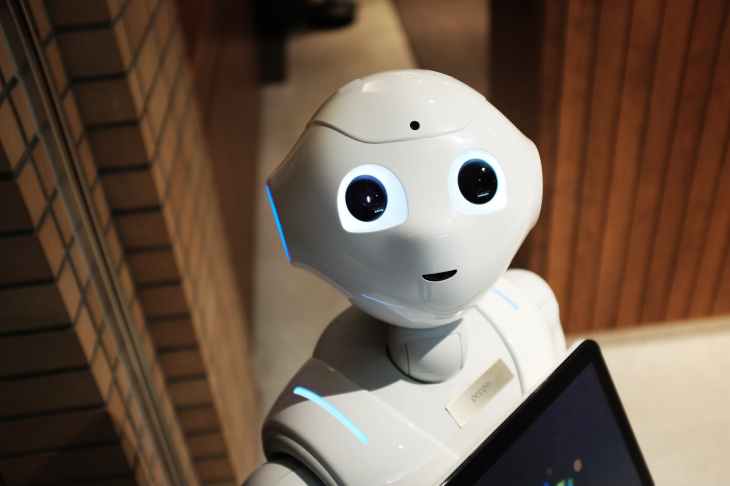
From Professor Andrew Ng’s Machine Learning course in Coursera, the older definition of Machine Learning comes from Arthur Samuel, “the field of study that gives computers the ability to learn without being explicitly programmed.”
Tom Mitchell provided the latest definition, “A computer program is said to learn from experience E with respect to some class of tasks T and performance measure P, if its performance at tasks in T, as measured by P, improves with experience E.”
For example, T is the task of classifying an email as spam, P is the percentage of correct labelling an email as spam, and E is the experience of classifying many emails.
Machine Learning is a subset of Artificial Intelligence. There are many ways to split the topic as seen when you google the term. Here is what I understood its branches are:
- Supervised learning.
- Unsupervised learning.
- Reinforcement learning.
- Neural networks and Deep learning.
- Ensemble methods (this could be part of Supervised learning, I will make up my mind when I get there).
The applications of Machine Learning are many. For examples, the identification of handwritten digits by a machine, detection on suspicious transactions, finding sushi restaurant in map, and face recognition in smart mobile phone.
In my next blog, I will go over these branches. If you are an eager beaver, have a look at these informative articles to satisfy your desire: Machine learning for everyone, Machine learning for humans, and A Machine Learning Tutorial with Examples.
I appreciate any feedback that you may have after reading this post. Also do hit like or share button. Views expressed here are my own.
Jumpa lagi / See you later / Hasta la próxima / Bis bald
